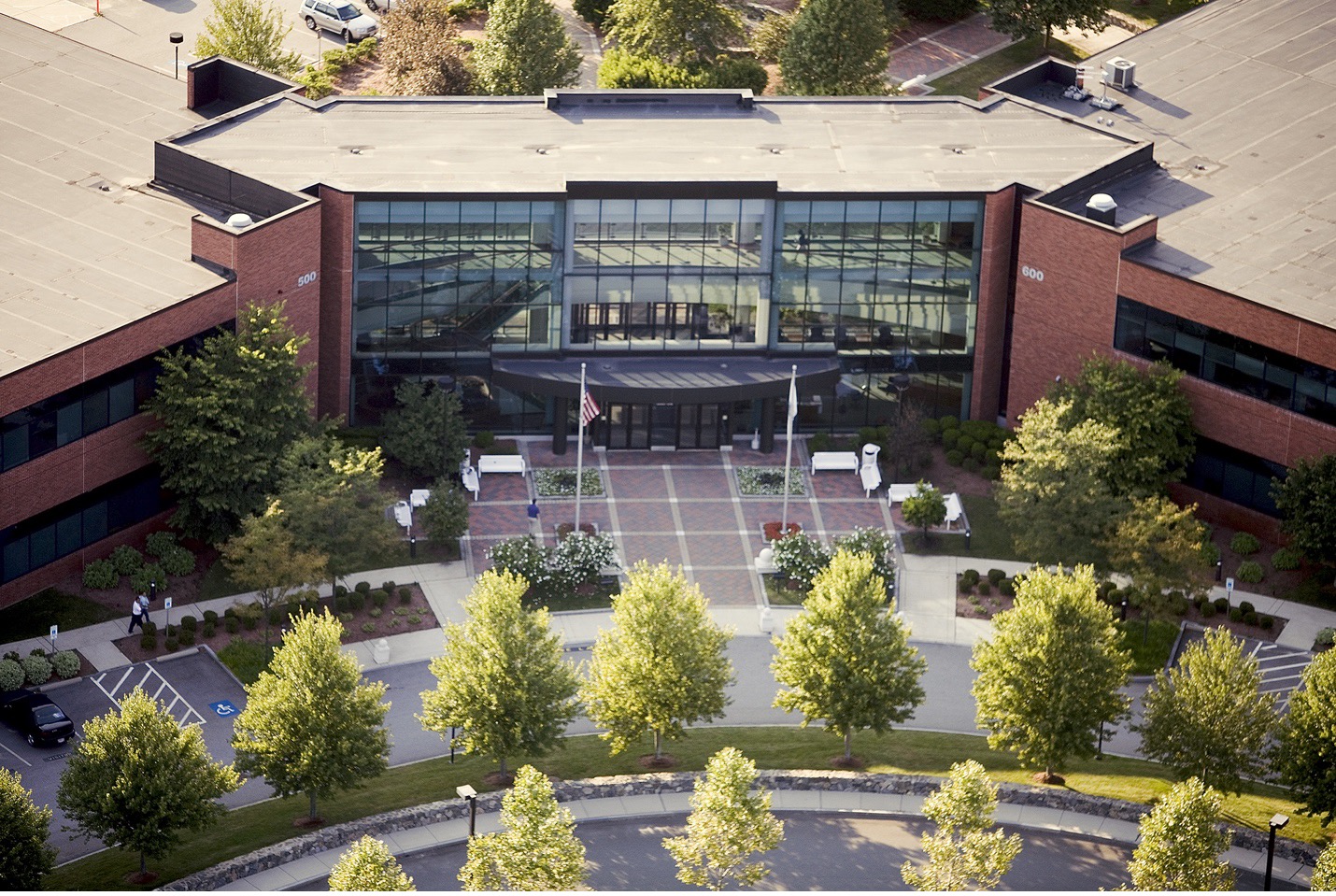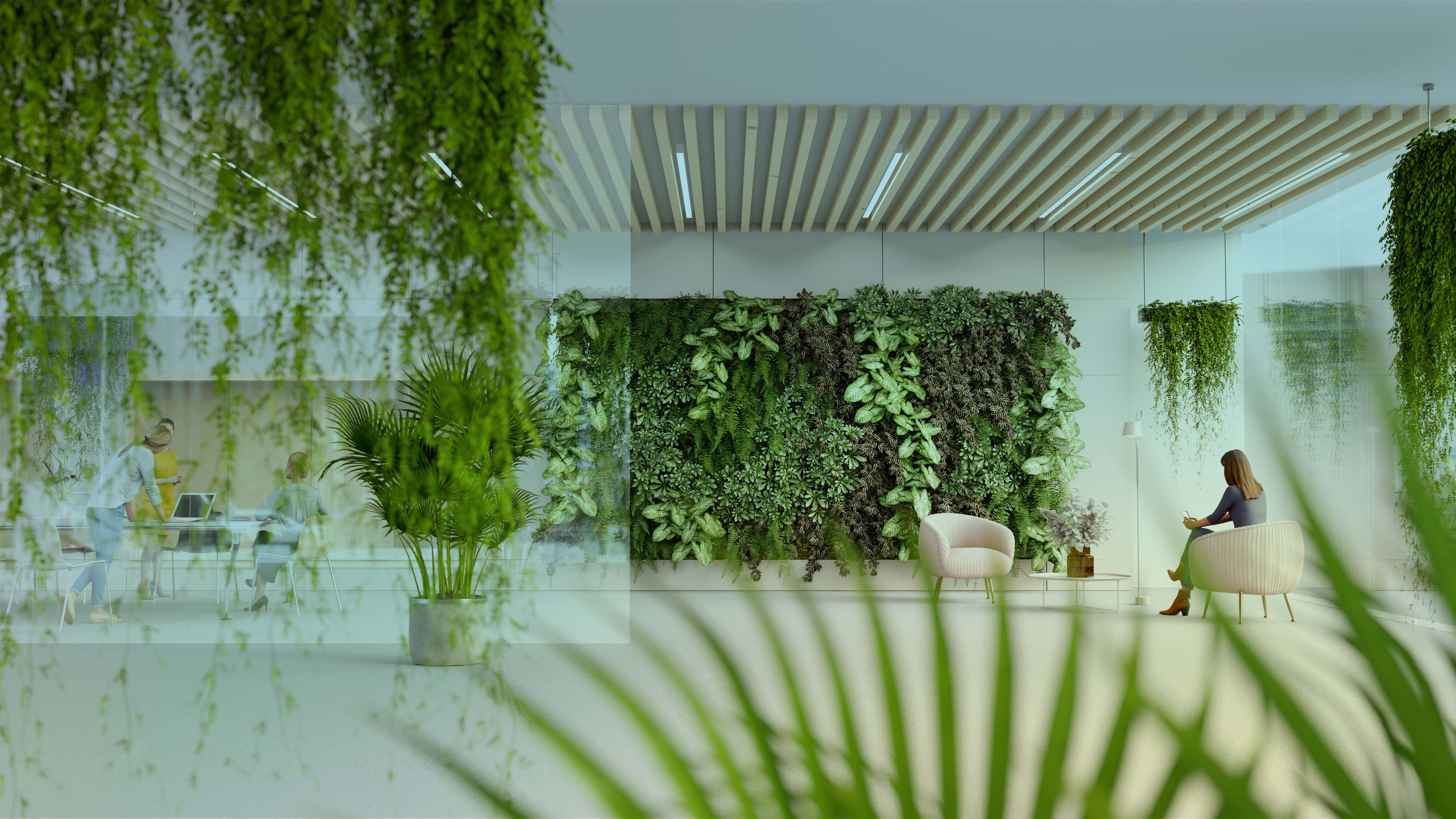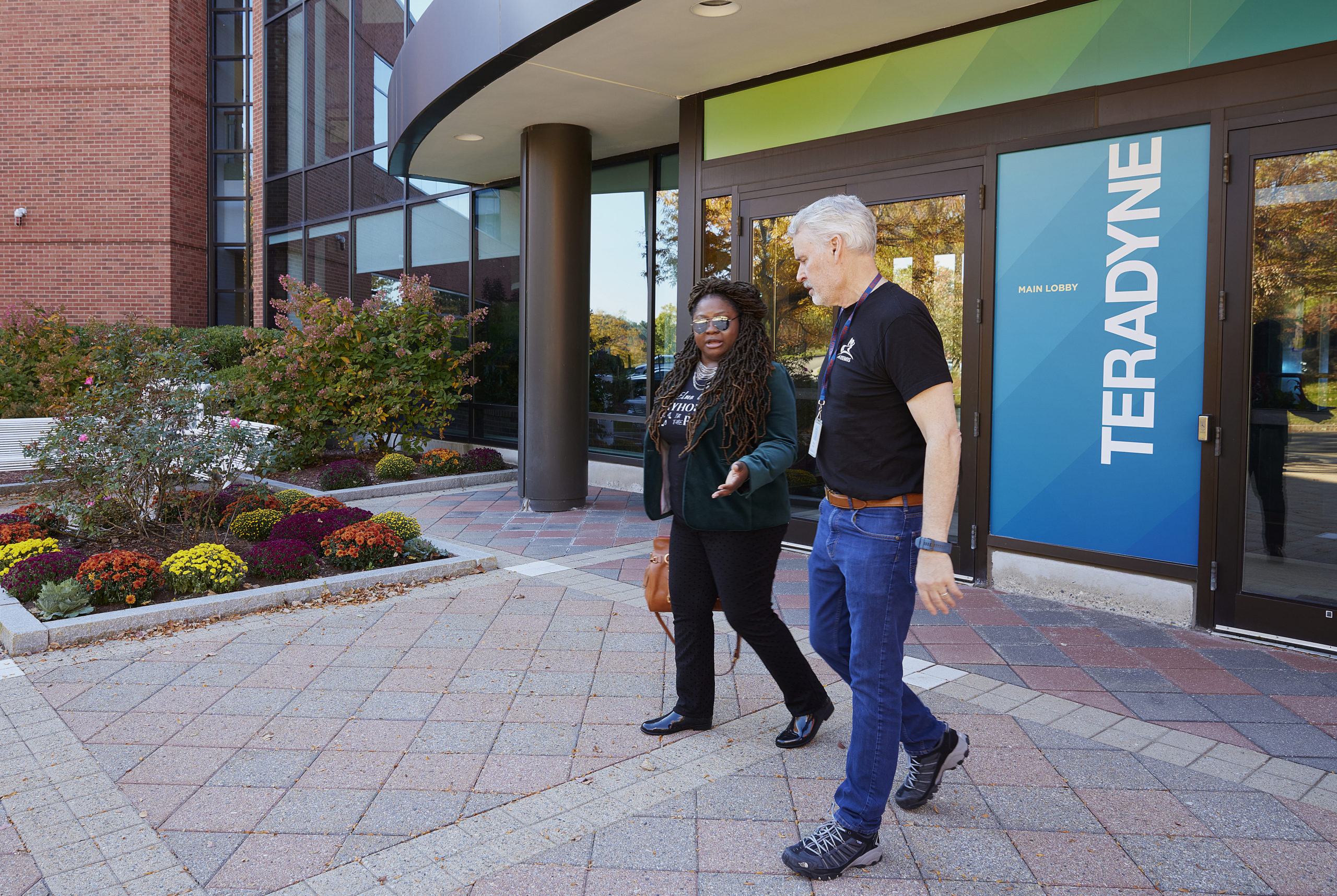In part one of this two-part article series, Teradyne’s continued commitment and success in mitigating Scope 2 (energy) and Scope 3 (supply chain) emissions was discussed. Creating a truly sustainable business for today and into the near future also requires looking at the ways we approach the issues of waste diversion, water efficiency, and the creation of increasingly sustainable operations of our buildings and work environments.

Waste
Teradyne primarily produces solid waste from our facilities. Our goal is to divert as much waste as possible from landfill. Our current diversion rate is around 45%, and our goal is to reach 70%. Sustainability efforts around waste mitigation include food waste to compost; recycling, reclamation, and reuse of electronics; paper and cardboard recycling; and the diversion to treatment methods that utilize heat recovery and other technologies to prevent waste from ending up in the ground.
In addition to the programs already in place, in 2023 Teradyne is focused on capturing and verifying information about its waste production and landfill diversion efforts globally. With the right information, Teradyne can standardize, improve, and repeat the most successful programs year over year. This information empowers the company to increase programs that focus on end treatment and disposal at every site around the world, ultimately increasing the current diversion levels.
Water
Water efficiency and reuse is a more difficult area to address. Teradyne has already invested in using automated faucets, toilets, and low-flow devices in our offices. We are also evaluating re-use of gray water for toilets.
Our largest current challenge is around the reduction in the amount of water used in cooling our facilities. Several Teradyne buildings house labs for our tester equipment and require cooling through a chilled water system to offload the heat generated during operations. The towers in this system utilize a large volume of water due to evaporative processes. Teradyne is committed to finding ways to change the water makeup required in this cooling system, and therefore our overall water usage impact, by investigating the possibilities of rainwater and condensation harvesting.

Buildings and the Workplace
Teradyne has a 30-year history of successful programs that have made its buildings around the world more sustainable. In 1994 the company established a documented environmental health and safety (EHS) program several years before even the first edition of the ISO (International Organization for Standardization) 14001 standards were first published. ISO 14001 defines best practices for companies to reduce their environmental footprint by adopting more effective environmental management system (EMS). The work of ISO 14001 provided industry-wide information upon which Teradyne expanded its own (earlier) EHS efforts.
Today, Teradyne has achieved ISO 14001 Certification for all manufacturing facilities around the world, reflecting the company’s implementation of an EMS that is reducing adverse environmental impact from operations in geographies including the U.S. headquarters in North Reading, Massachusetts, and facilities in Costa Rica, Japan, and the Philippines.

Moving forward, greater building sustainability and usability will intersect with organizational questions around the future of work in the question: How can a company better optimize the use of physical space? Hybrid work practices have already changed the use of internal office space from dedicated cubicles to more configurable communal spaces – resulting in greater sustainability.
In addition to the more environmentally productive use of space, people have become increasingly aware of the environmental and health status of the buildings in which they work. By carefully tracking and approving everything that comes into buildings (like carcinogens and ozone depleting substances), Teradyne creates a healthier workplace.
Transportation is another consideration for workplace sustainability. The goal is to enable employees to make new kinds of personal transportation choices, especially around EVs and bikes. The solution can be as simple as installing more charging stations and secure bike storage.
A Track Record of Success and Looking Forward to Seeing What Else We Can Do Better
Operating a business in a more sustainable manner has been at the forefront of all decision-making at Teradyne for more than two decades.
We have been successfully mitigating Scope 2 emissions (energy) by installing more energy efficient technologies in our buildings and investing in renewable energy projects in the geographies in which we operate. Around Scope 3 emissions, we are actively working with industry associations such as SEMI to collect data, and define and standardize practices. With our supply chain partners, we are working collaboratively to quantify our contribution to their overall carbon footprint, and then working with them to adopt more sustainable practices.
In the area of solid waste management, we are currently diverting 45% of the waste that we create from landfill, with a near future goal of 70%. For water management, we are examining ways to decrease water usage and change ‘water makeup’ in our cooling towers with the potential to use sources such as rainwater and condensation harvesting. And for the greater sustainability and usability of our buildings and facilities around the world, we have achieved ISO 14001 Certification in geographies including the U.S. headquarters in North Reading, Massachusetts, and facilities in Costa Rica, Japan, and the Philippines.
Today, an expanding attitude of stewardship and the possibilities of emerging technologies are fueling company-wide and product-focused sustainability actions across the company. As solutions are formulated and implemented not only for today, but with an eye to the near future – everyone at Teradyne is participating in our sustainability efforts, constantly asking: What else can we do better?
If interested in learning more about Teradyne’s environmental activities, read our CSR Report.